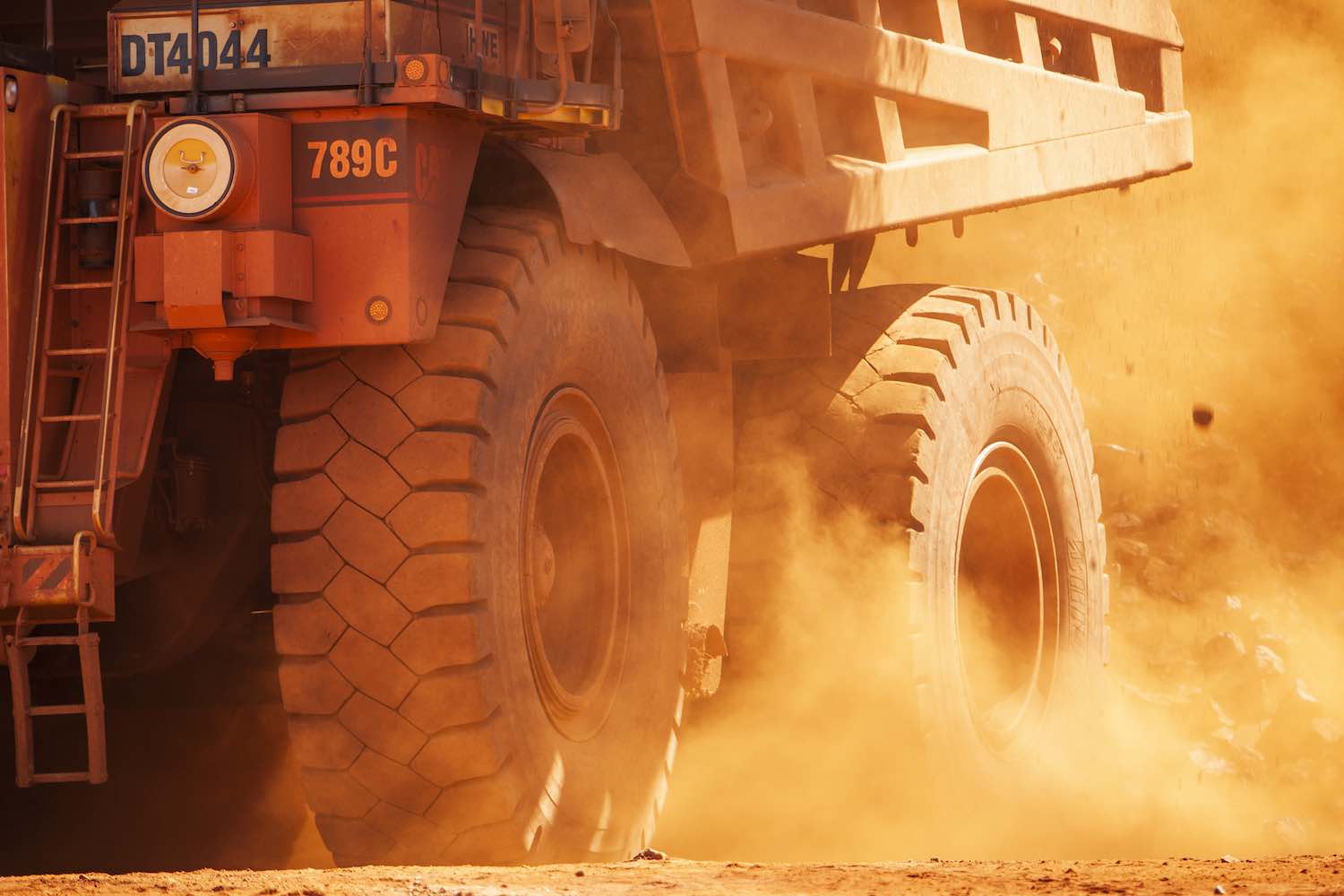
With just over 10 years commercially operating Autonomous Haul Systems in Australia mining operations it is poignant to take a look back and see far things have come or maybe not come. Has it been the success story that was envisaged all those years ago?
After an initial few years of trials and experimentation with AHS to prove up to confirm the safety, refine the software and hardware along with studying the feasibility of it all, the big leap was taken to commit to AHS as a new way of mining.
Initially the early adaptors had grand plans and even more grandiose time frames for when it would all happen. The potential of AHS and what it could do for the mining processes was endless.
Now anyone that has worked with AHS immediately understands the huge leaps AHS has achieved for the safety of an open cut mining operation, this alone is a very compelling business case for deciding to implement AHS.
Standalone AHS is not really an autonomous system, it’s better described as a remote operating system. AHS still basically requires just as many inputs from the humans – to make a lot of the important decisions, complete most of the physical tasks, the AHS trucks are simply travelling from point A to B without direct physical inputs from an operator.
In the beginning AHS efficiency and productivity was much more aligned to what one would expect from an automated system. The AHS operating areas were tightly managed and controlled to avoid unwanted interaction, operators were better skilled and more knowledgeable about how the system worked and the ways to best adapt to it, AHS area design was better adapted to compliment AHS performance.
Like a lot of technologies as it expands more and more people have an impact on all the external processes and decision making that affects how the system performs, and sometimes these decisions have big negative repercussions to how AHS trucks can perform their automated operations efficiently. Often these decisions are made from a place of little knowledge or understanding of what needs to be done to compliment AHS performance, rather the thought process is normally what do we need to do to the system to make it adapt to our situation. Frankly speaking if a mine site cannot adapt their mine to suit current optimal AHS operating conditions and practices, then maybe AHS is not for them.
For AHS to really start and reach its full potential there needs to be a whole lot of advancements in:
While there are some automated decisions being made by the system, these are generally not well understood or are often overridden by manual inputs. These algorithms were developed for manually mining operations back in the late 1980s and 90s! Automated decision-making software needs to be able to make more holistic decisions that are much more conducive to AHS operating practices and process for the modern mine requirements.
There are many improvements that can be made in this area to enhance AHS truck productivity such as GRT- Automated dust suppression solutions, using improved dust suppression mediums GRT Haul-Loc to improve haul road competencies and longevity to greatly reduce AHS truck interaction and stoppages. Using cameras and drone technology to reduce response and interaction events, improve design thinking and outcomes.
AHS skills training and knowledge is something that is still in a relatively immature state, it is often accepted that an AHS operator is trained once they complete the basic safety and skills function training. However this does not set the operator up for the requirements to become more efficient and skilled in interacting in the AHS pit, providing knowledge and expertise in understanding the huge amount of data and how to use it to improve their practices.
Operating in an AHS mine needs a very disciplined process driven approach. AHS is all about consistence and repeatability. While the system thinking still plays and important role in AHS, it is far more important to have a team of process thinking operators working off well designed, efficient and successfully proven AHS processes.
While AHS has somewhat taken a back seat to other more pressing industry objectives there is still a very long way to go before AHS has reached its envisaged productive potential. As the focus of mining companies becomes more finely tuned to their environmental footprint and the need to become more efficient with their current AHS equipment, having AHS services companies that specialise in and focus on these areas will be vital to unlock the gains required.
The future of AHS is still very bright but there is much room for improvement.
Your feedback is important to us. If you enjoyed reading this Global Road Technology industry update and found it informative, please let us know by leaving a REVIEW.
Are environmental regulations, health and safety concerns or potential profit loss a concern right now?
Contact Us Now